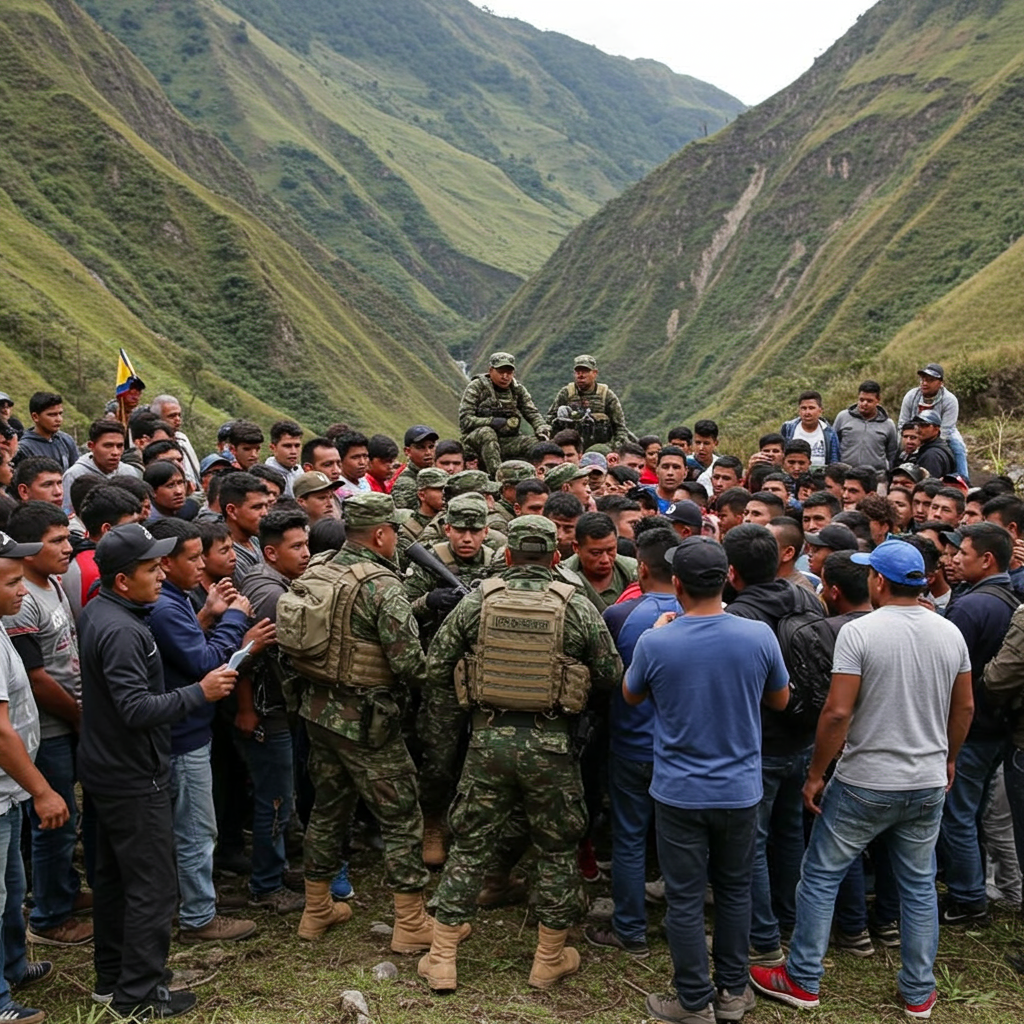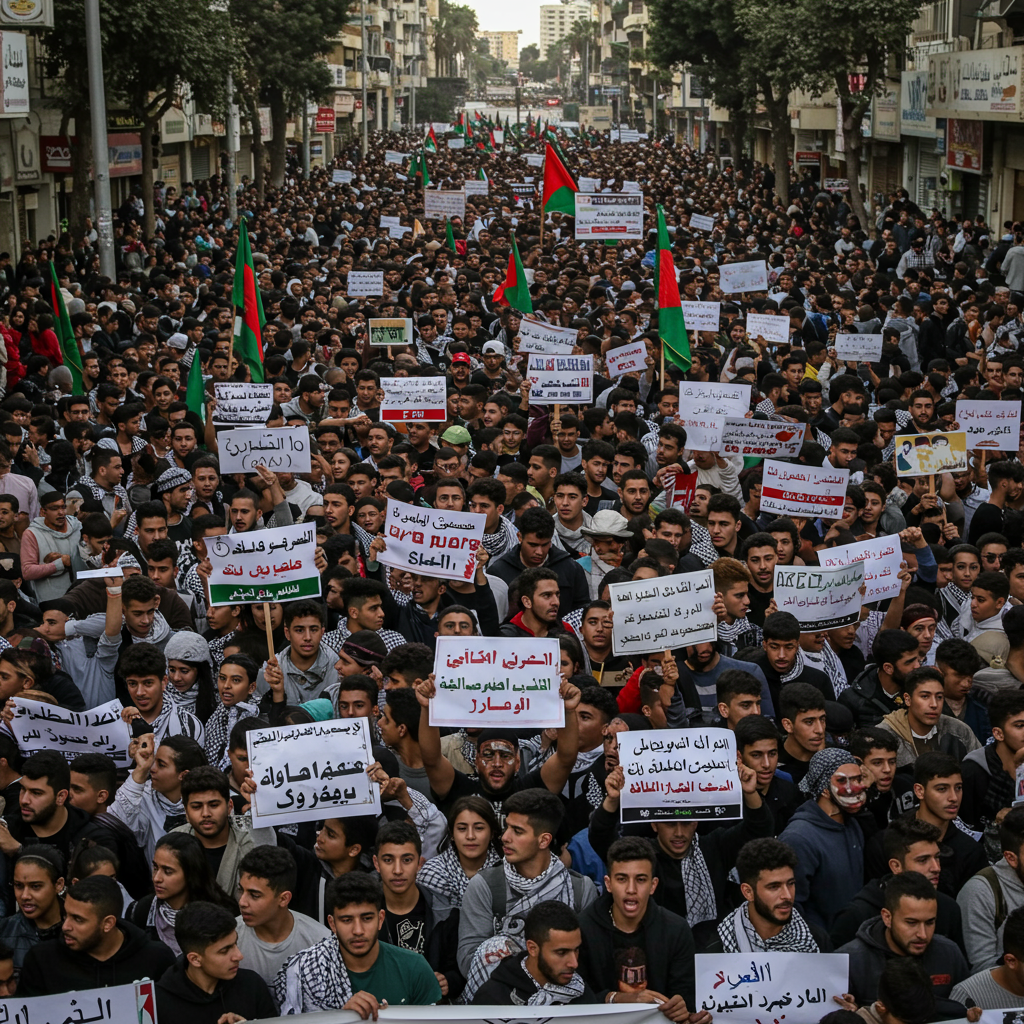Dozens of Colombian Soldiers Seized in Tense Region
Colombia’s military has confirmed that 57 soldiers were seized by a large group of civilians over a weekend in the country’s volatile south-western Micay Canyon area. The incident unfolded on June 21st and 22nd, 2025, with 31 soldiers reportedly taken on Saturday and the remaining 26 on Sunday by a group numbering more than 200 people.
Brigadier General Federico Alberto Mejia addressed the situation in a video statement, confirming that four non-commissioned officers and 53 soldiers were taken, explicitly labeling the act as “kidnapping.”
Linking Civilians to Farc Dissidents
According to the military, the civilians involved in the seizure are believed to be acting under duress from dissident factions of the former Farc rebel group. The Farc signed a peace accord with the Colombian government in 2016, but various offshoots continue to operate outside the agreement. Local media reports suggest that the Estado Mayor Central (EMC), considered the largest Farc splinter group, may have ordered the kidnappings, though the EMC has not publicly commented on these claims.
The persistence of Farc dissidents and other armed groups represents a significant challenge to peace in Colombia. Conflicts continue in various regions, particularly over control of valuable territories. This struggle often involves intense clashes between groups vying for dominance in areas crucial for illegal activities, underscoring the fragility of the post-peace accord landscape and the ongoing security risks.
Micay Canyon: A Critical Drug Trafficking Zone
The Micay Canyon region is notoriously known as a key area for cocaine production within Colombia. Its mountainous terrain serves as a vital corridor for transporting drugs to Pacific ports, from where they are then shipped illegally to international markets. This strategic importance makes the area one of the most tense zones in Colombia’s long-running conflict, where armed groups, including Farc dissidents, paramilitary remnants, and criminal organizations, fight for control of lucrative drug routes and cultivation areas.
The use of tactics like kidnapping by non-state actors has a historical precedent in Colombia’s conflict, often employed in conjunction with drug trafficking activities to exert pressure or control in contested territories. The complex dynamics in these regions mean that local populations, sometimes described as “civilians” in conflict reports, can find themselves under immense pressure or even coerced or recruited by armed groups operating within their communities, adding a layer of complexity to such incidents.
The seizure of the soldiers highlights the persistent security challenges and the deep-seated links between armed conflict and illicit economies in critical regions like the Micay Canyon, even years after major peace agreements have been signed.



